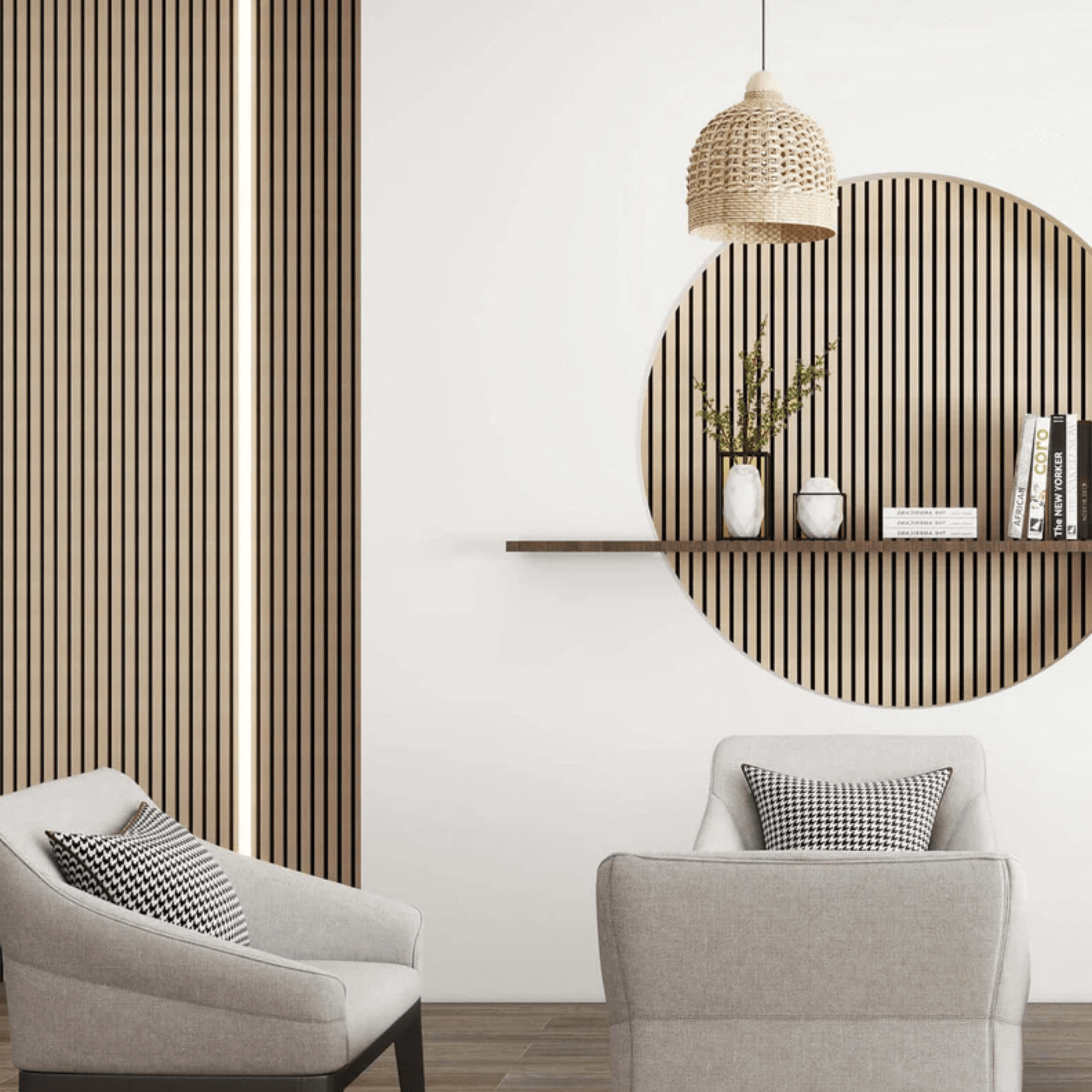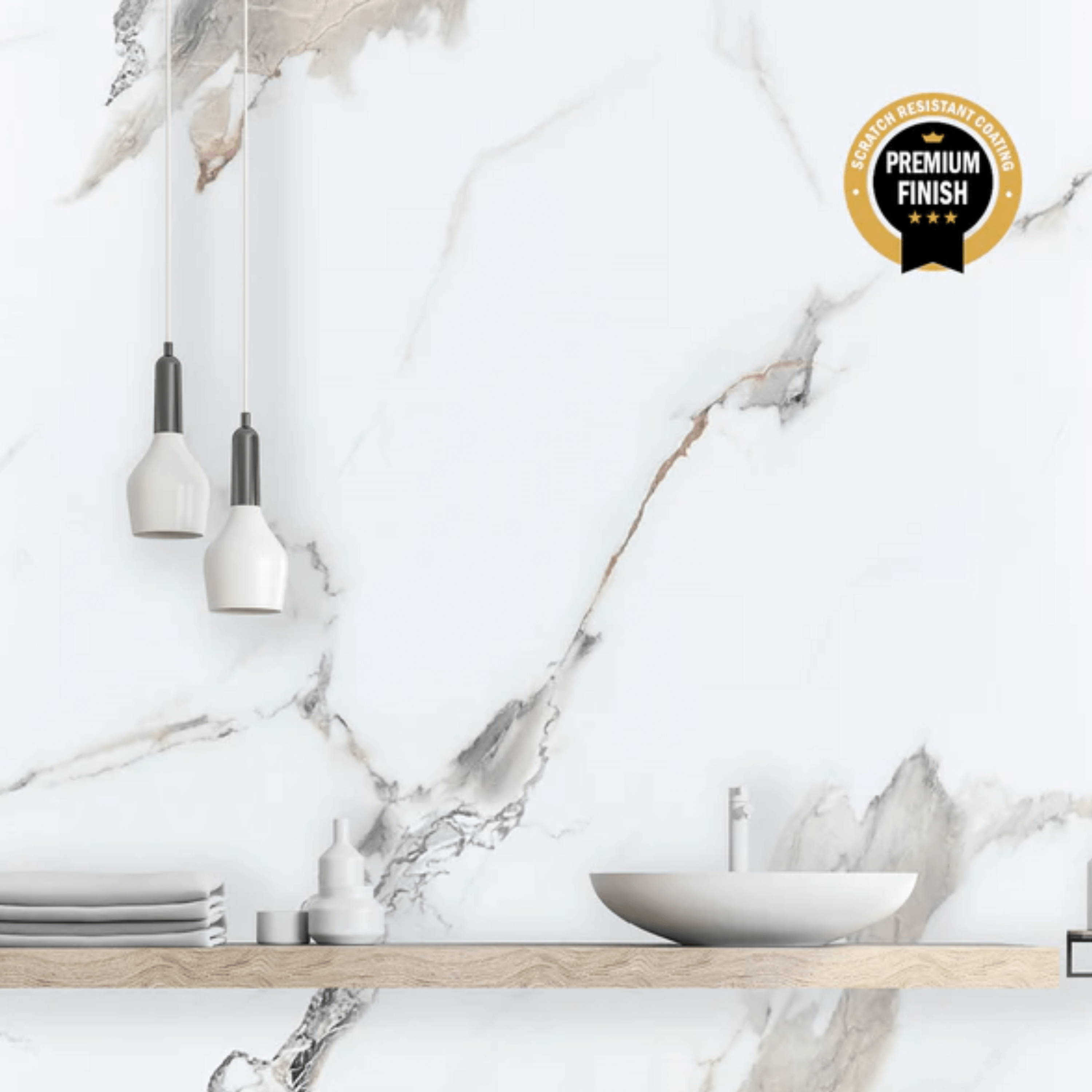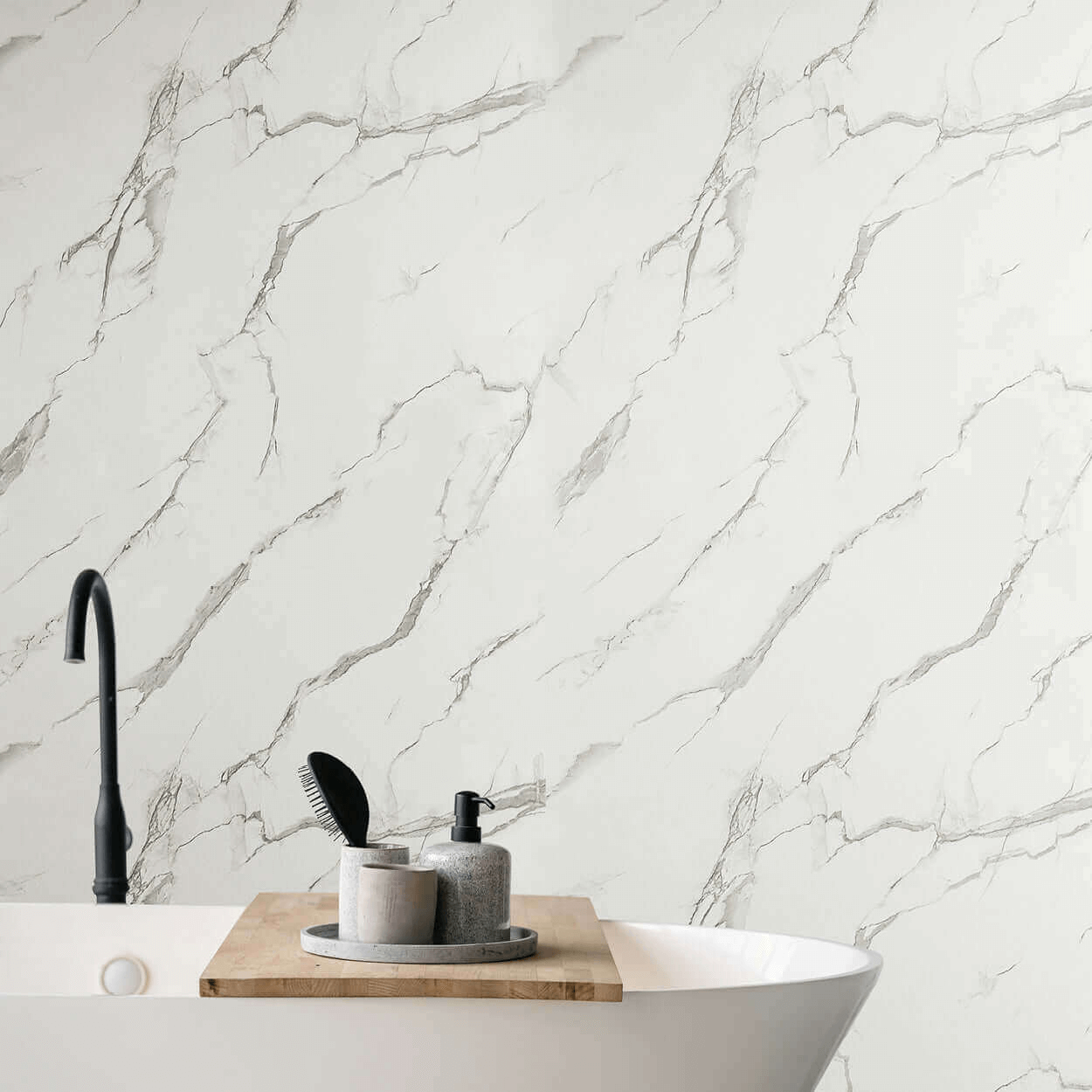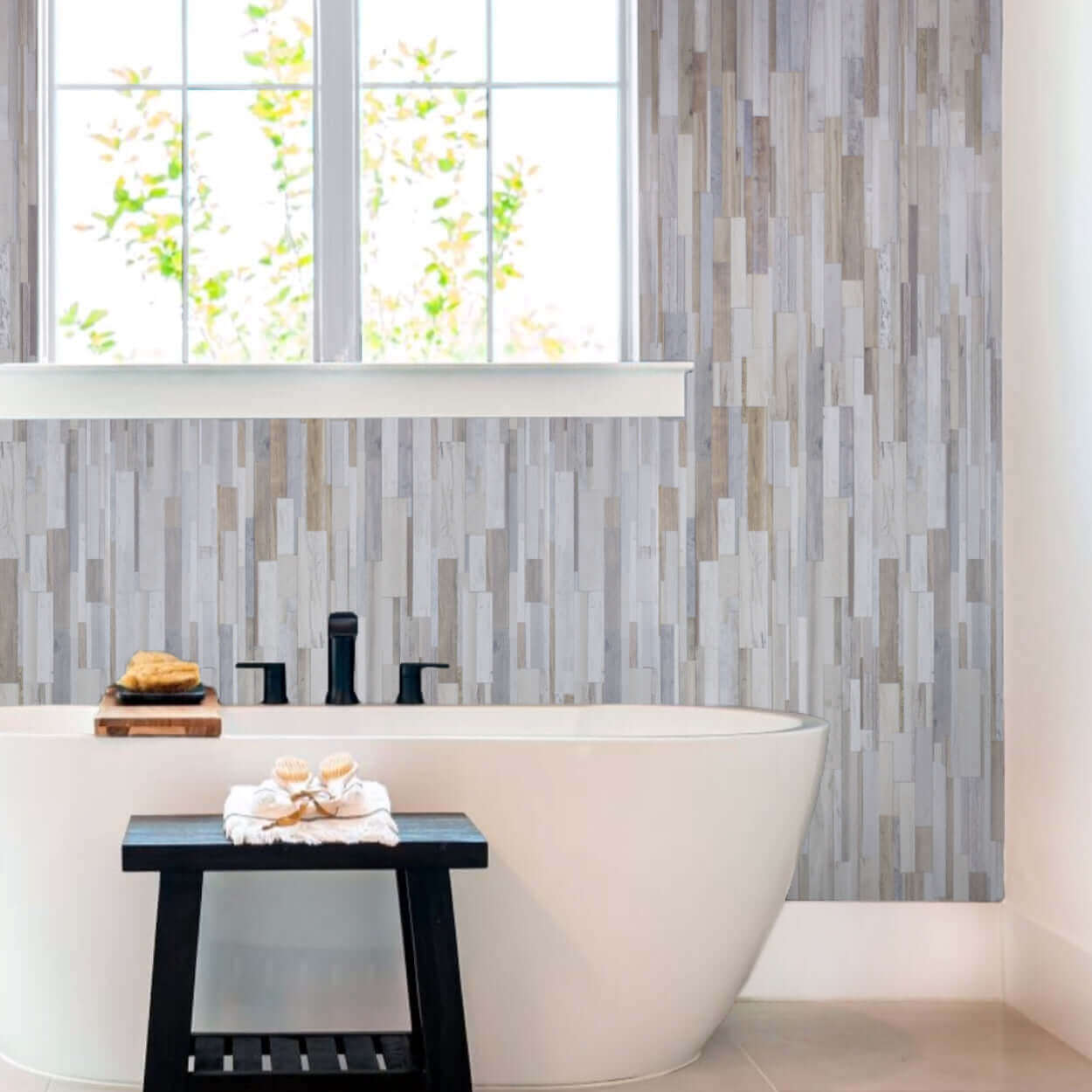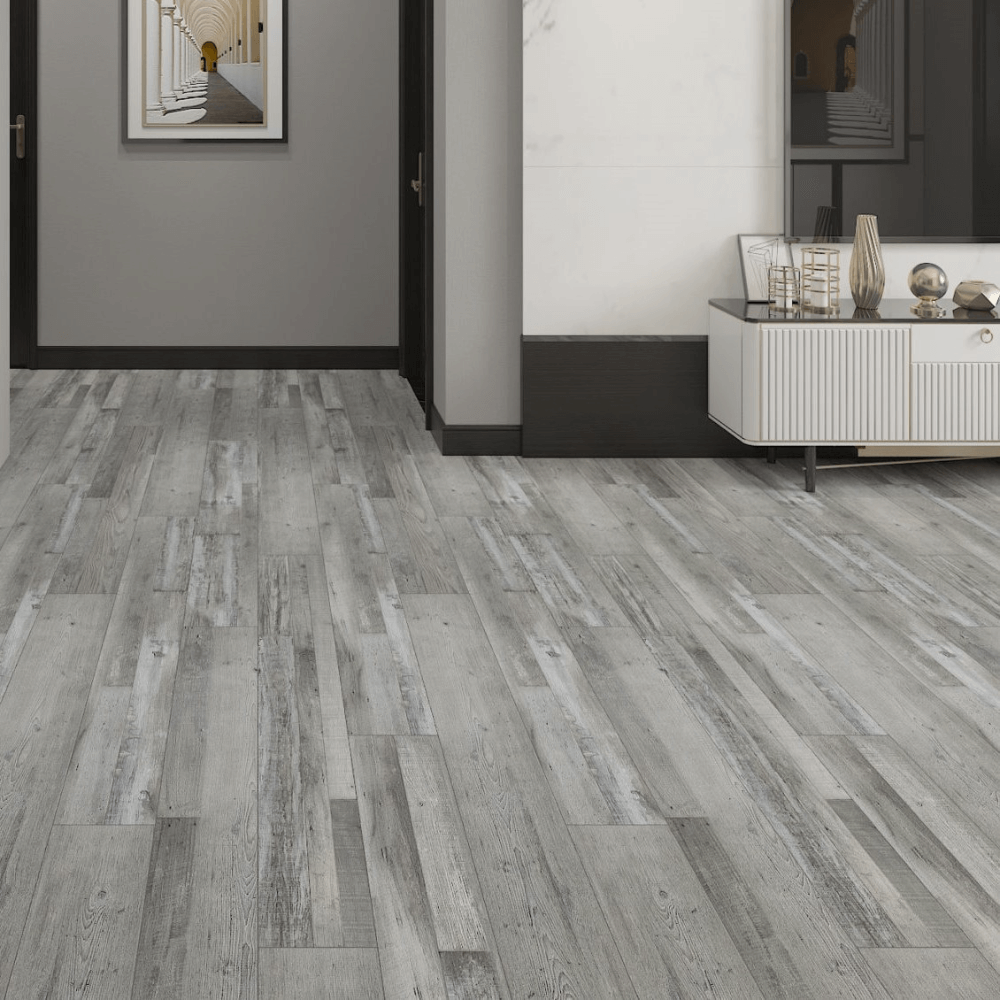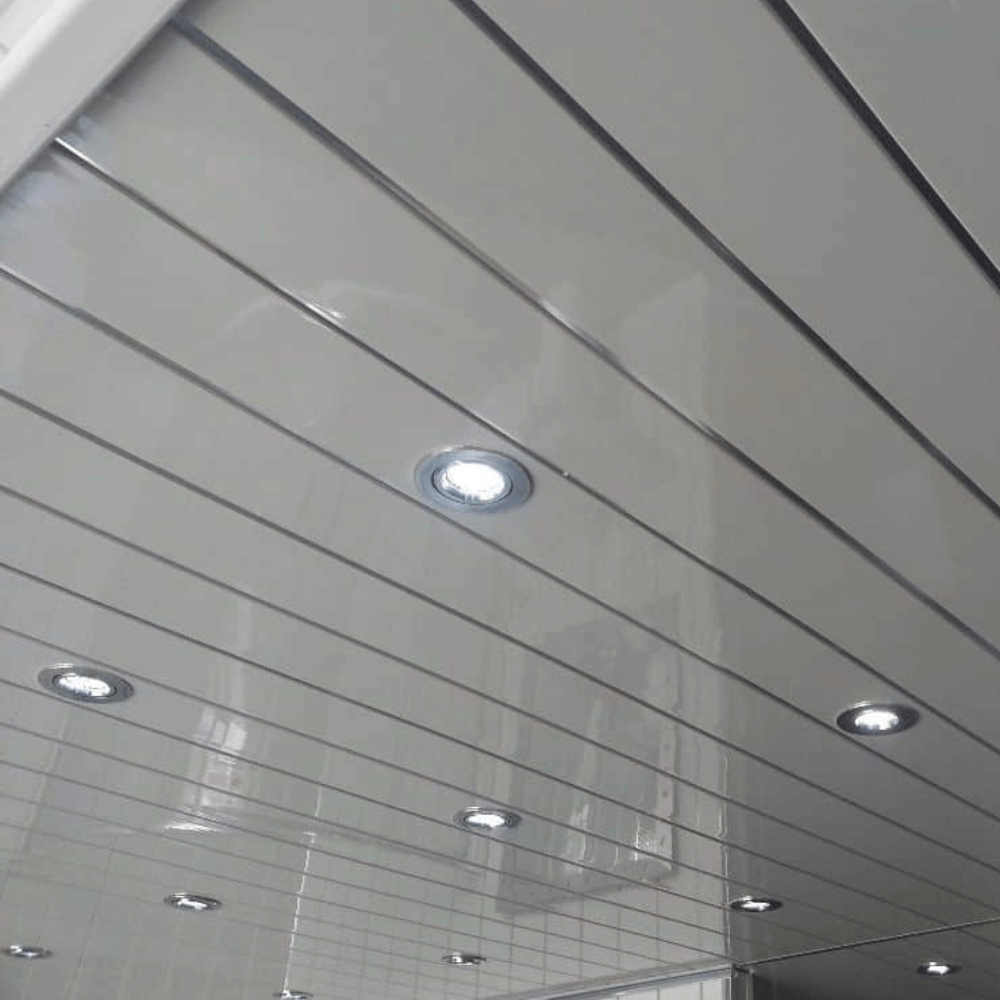Hallways and entrances are often the first areas guests see, and acoustic panels can instantly make them feel warmer and more welcoming, while also helping to control sound. In busy households, they reduce noise transfer between rooms and soften the sound of footsteps, conversations, and doors closing. Measuring accurately will ensure a neat, professional fit.
Why Acoustic Panels Work Well in Hallways and Entrances
Our acoustic panels are designed for both visual impact and sound performance. In a hallway, they:
Reduce noise from foot traffic and echo in narrow spaces.
Limit sound transfer between floors or from outside.
Create a stylish, modern look right as you enter the home.
Before You Begin – Choose Your Coverage
Consider which wall sections to panel:
Single feature wall — adds impact as soon as you enter.
Short wall sections — between doors or at stair landings.
Multiple narrow walls — great for long hallways with several entry points.

Tools You'll Need
5m+ measuring tape (steel tape for accuracy)
Pencil and notepad (or phone)
Spirit level (to check for straight lines)
Stepladder for high walls

Step-by-Step Measuring Guide
Hallways are rarely one continuous wall — often there are multiple short sections between doors or along staircases. To get a neat and professional result, measure each section individually using the guide below:
1. Measure the Wall Width
- Start at one corner and measure to the other at skirting board height.
- Repeat at mid-wall and near the ceiling to check for any variation — walls are rarely perfectly straight.
- Record the largest measurement, as it’s always easier to trim panels down for a perfect fit than to fill unexpected gaps.
2. Measure the Wall Height
- Measure from the top of the skirting board to the ceiling.
- If you’re only covering part of the wall, measure from the skirting to your desired height.
- Take measurements in at least two or three spots. Leave a 1–3 mm expansion gap at the top or bottom, which you can cover with trim for a clean finish.
3. Note Any Obstacles
- Record the size and position of doors, windows, sockets, radiators, or other obstructions.
For each, note the height from the floor and the distance from the nearest corner.
-
Having this info will make cutting easier and reduce costly mistakes.
4. Calculate How Many Panels You'll Need
Our acoustic panels come in four standard sizes (height × width):
120 × 60 cm — covers 0.72 m²
240 × 60 cm — covers 1.44 m²
260 × 60 cm — covers 1.56 m²
280 × 60 cm — covers 1.68 m²
Here’s the calculation:
Multiply your wall’s width × height (in metres) to get the total surface area.
Check the coverage for your chosen panel size from the list above.
Divide the total wall area by the panel’s coverage.
Always round up to the nearest whole panel — it’s better to have extra than to fall short.
Example:
If your wall is 3 m wide × 2.4 m high, the total area is 7.2 m².
Using 240 × 60 cm panels (1.44 m² each): 7.2 ÷ 1.44 = 5 panels needed.
Tips from the Easy Panels Team
Measure each section individually — hallways rarely have one continuous wall.
Plan for symmetry — even spacing between panels looks better in narrow spaces.
Check clearances — make sure doors and cupboards can still open fully once panels are installed.
Ordering Your Acoustic Panels
Once you’ve got your measurements, simply select the number of panels you need from our Acoustic Panels Collection and don’t forget the end trims designed for acoustic panels and adhesive. If you’re unsure, our customer service team can check your measurements before you order, making sure you’re getting it right the first time.






